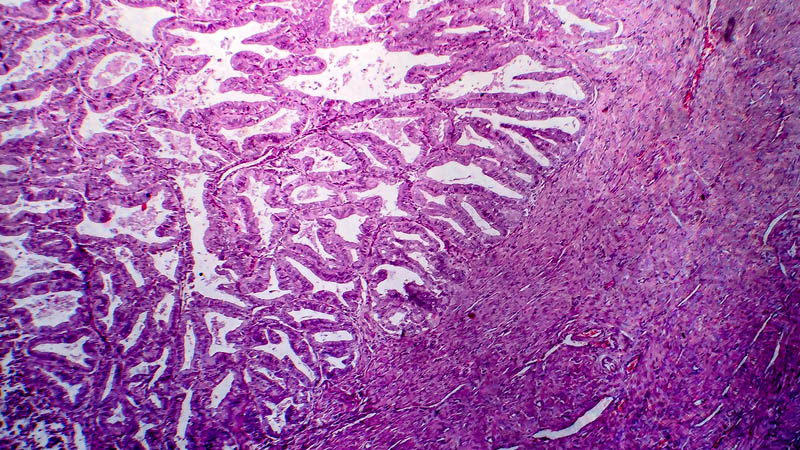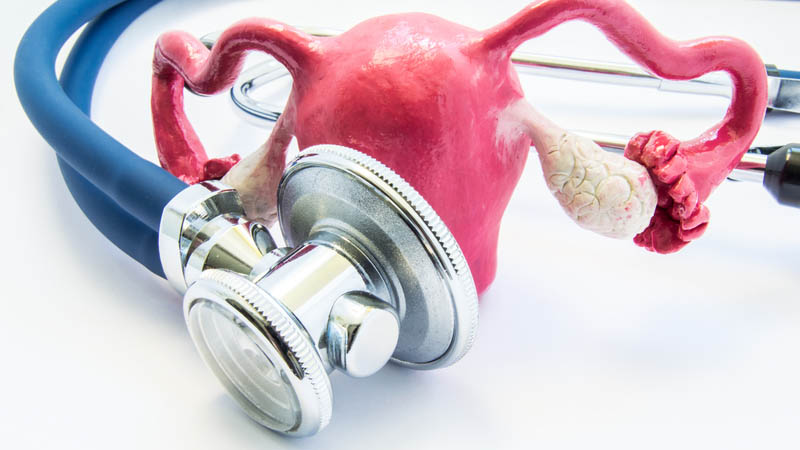What are the perspectives for sentinel lymph node biopsy?
Wojciech M. Wysocki1, Jerzy W. Mituś1,2, Jan Gawełko3, Zbigniew Kojs4
 Affiliacja i adres do korespondencji
Affiliacja i adres do korespondencjiLocal staging of malignancy, introduced in the past few decades into clinical practice, is based on the identification of the lymph node in which metastasis is most likely to occur (sentinel node biopsy). This is a standard of care for breast cancer, melanoma and Merkel-cell carcinoma. Potential changes in the clinical practice of sentinel node biopsy can be assigned to three areas: identification of sentinel lymph node, evaluation of nodal metastases and the therapeutic consequences of the outcomes. In the future, gradual reduction in the invasiveness of sentinel node identification may be expected. Also, the use of radioisotope and blue dye will probably be abandoned. Molecular probes prepared individually for each patient, based on the molecular characteristics of the tumor and conjugated to molecules enabling transcutaneous visualization will allow for an effective, reliable and non-invasive evaluation of the sentinel lymph node. Adjuvant local treatment (surgery or irradiation) will be abandoned in the distant future, even in the case of a confirmed presence of metastasis in sentinel lymph node due to the development of molecularly targeted and very effective methods of individualized conservative treatment. According to the current guidelines on the treatment of early-stage breast cancer, the need for complementary axillary lymphadenectomy may be eliminated in certain circumstances. Sentinel lymph node biopsy will continue to play an important role in staging and therapeutic qualification of patients with early-stage malignant tumors of different histological types and different locations. At the same time, the use of non-invasive methods will increase – both in identification and evaluation of sentinel lymph nodes.









